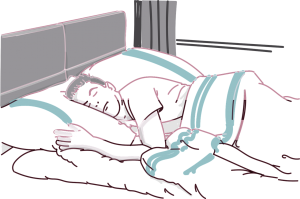Mindfulness in Sales: Simply Notice

But in mindfulness and meditation practice you don’t have these metrics to measure your results. I suppose you could use the length of time you’re meditating, but you’d likely be more successful meditating for one minute with a high quality of awareness than for twenty minutes lost in thought, so length of time doesn’t tell the whole story.
To help reduce the frustration that can come by not having metrics to show how you’re progressing in meditation, consider cultivating the intention to simply notice. If you have difficulty meditating and it’s challenging for you, notice that. If you have a wonderful experience, notice that (and realize that everything is temporary and that doesn’t mean you’ll have a wonderful experience next time). If you were lost in thought for your entire meditation time, notice that. If you forgot to notice, see if you can notice that.
Here’s how you can bring the practice of noticing to your sales calls. Let’s say you’re meeting with a client for the first time. Maybe you’ll notice the pictures on the desk, or the higher education degrees hanging on the wall. Maybe you’ll notice that you’re making a judgement about the client’s ability to purchase — and then notice that you can release that judgement, since it’s getting in the way of your path to the sale.
When you simply notice that you’re aware, you’re on the path to mindfulness. The path can have many twists and turns along the way, but the best way to stay on it is to continue to notice, one moment at a time.




